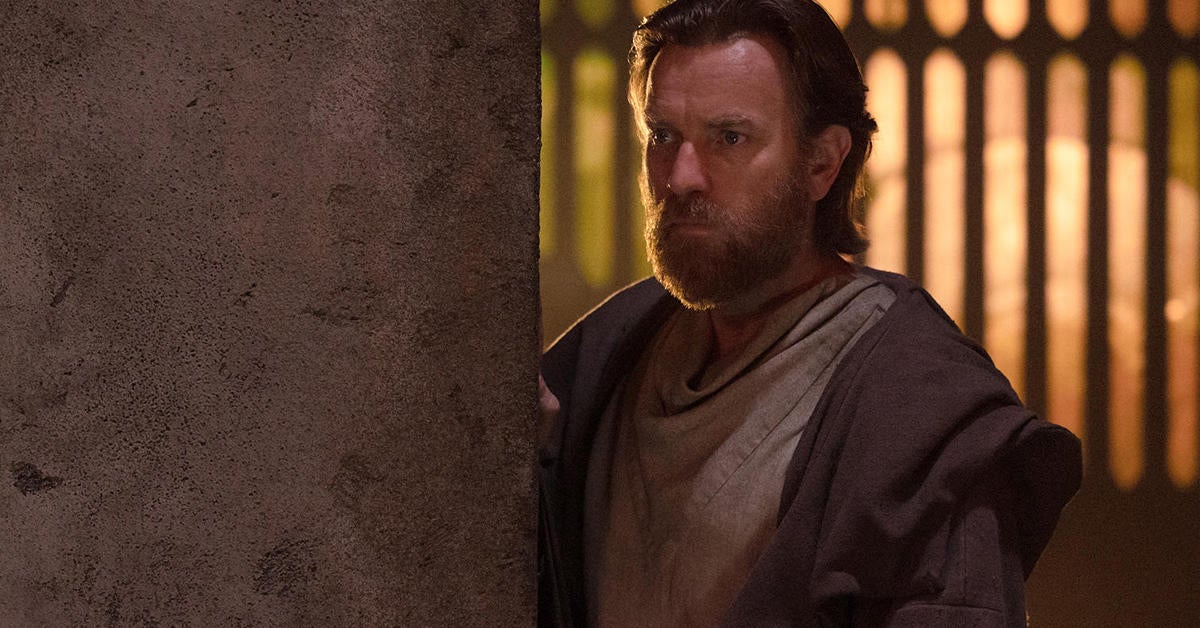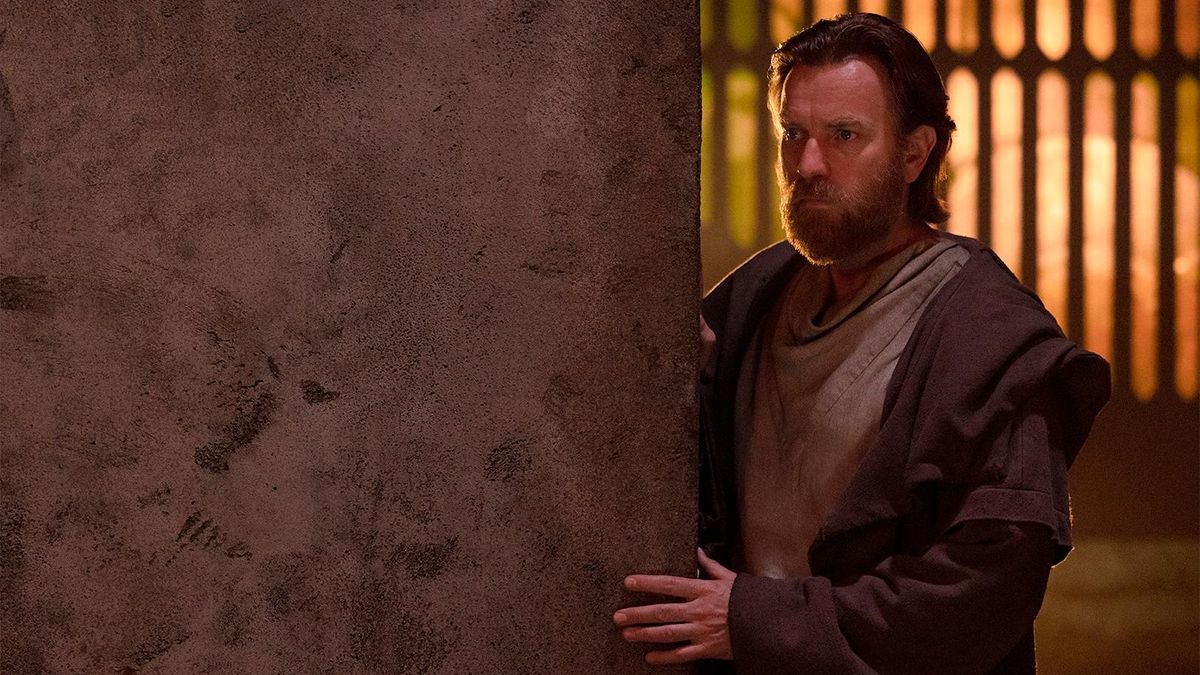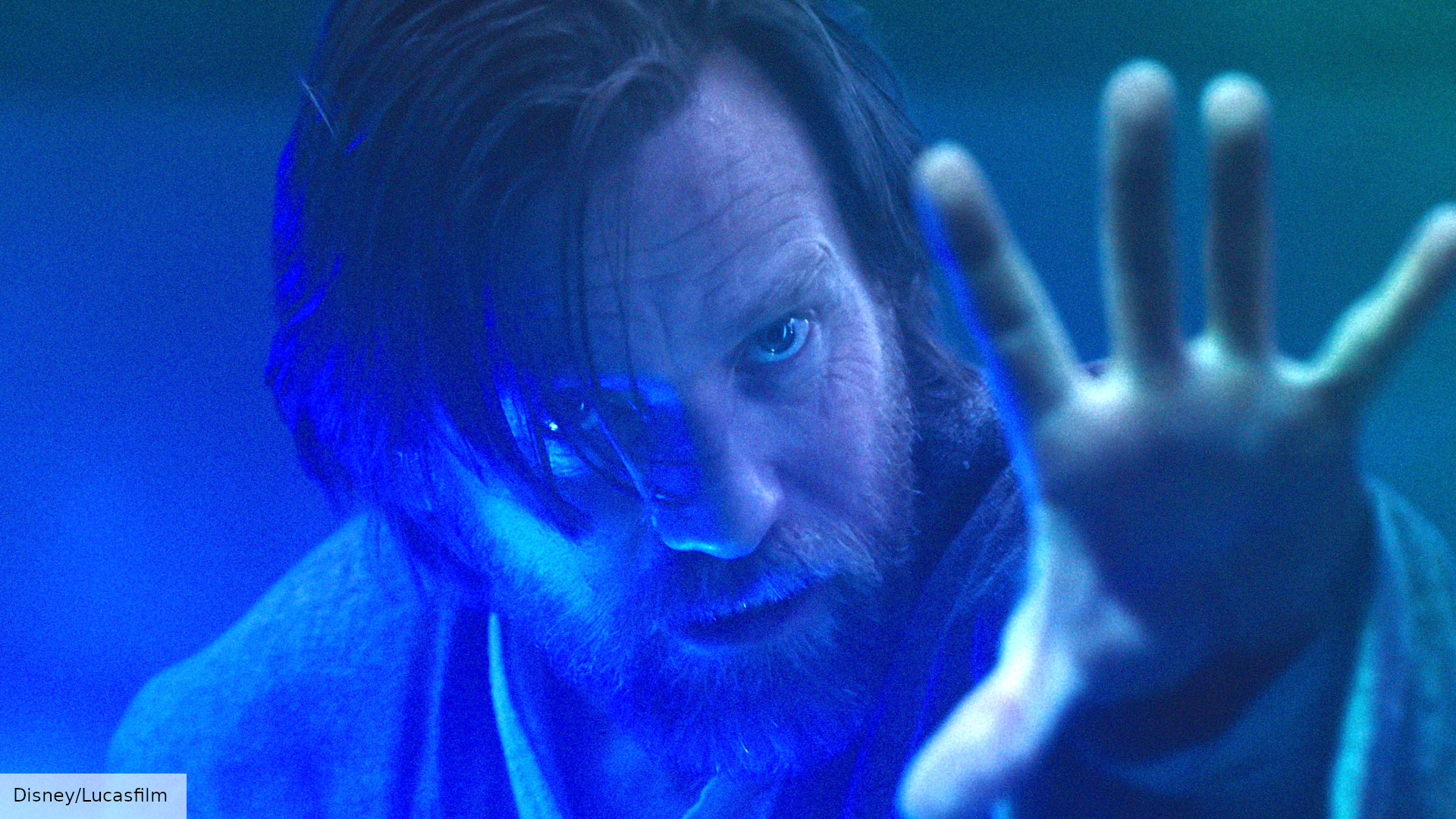"It takes place 10 years after Revenge of the Sith, in a time of darkness in the galaxy," Harold explained. "The Empire is in the ascendancy. And all the horrors that come with the Empire are being made manifest throughout the galaxy. And the Jedi Order as we know them are being all but wiped out. So everything that was in the prequels has crumbled."
At the end of Revenge of the Sith, Order 66 wiped out the majority of all living Jedi. Obi-Wan is one of the few who survived, and it's up to those like him to redefine what being a Jedi actually means.
"Those surviving Jedi, those that do survive, are on the run and they're in hiding. And Vader and his Inquisitors are chasing them to the end of the galaxy," the writer continued "Within that hopeless fatalistic world, we find possibly the most famous of all our surviving Jedi in hiding struggling with that faith that defines the Jedi, and wanting to hold onto it and hoping to regain that faith within that sort of hopeless world."
Harold went on to say that the Obi-Wan Kenobi series helps transform the iconic character into the version played by Alec Guinness, who fans were first introduced to in A New Hope.
"Within that environment and that galaxy, his faith is tested," Harold said. "And he goes on a journey that allows him to travel from that character that we saw in the last of the prequels, where [McGregor] really felt like he was embodying Obi-Wan Kenobi to a pretty extraordinary degree, and ends with him as the more finished article that Sir Alec Guinness gave to the world in A New Hope. And so in this very specific time in the history of Star Wars, when the Jedi are on run, we get to sort of stand next to and watch Obi-Wan as he runs the gauntlet and has to survive a pretty extraordinary experience."




